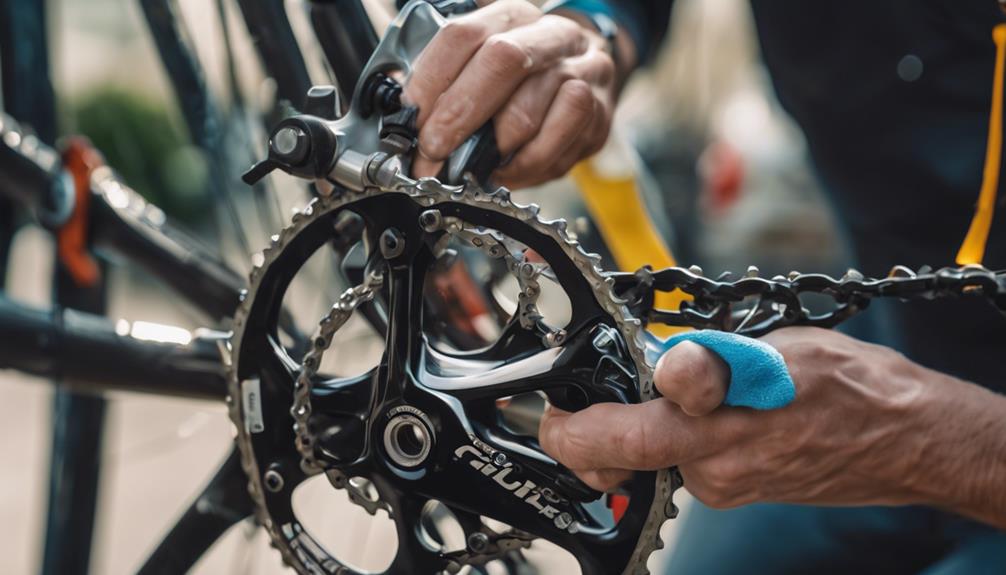Bicycle tire pumps are a crucial accessory for any cyclist, whether you’re a casual rider or a competitive racer. A properly inflated tire ensures safety, comfort, and efficiency while riding. In this comprehensive guide, we’ll explore the different types of bicycle tire pumps, their features, how to choose the right one, and tips for maintaining your pump. By the end of this article, you’ll have all the information you need to keep your tires in top condition.
Understanding Bicycle Tire Pumps
Bicycle tire pumps are devices used to inflate the tires of bicycles. They come in various styles, each designed for specific purposes and situations. A well-functioning pump not only makes it easier to maintain tire pressure but also enhances the overall cycling experience.
Types of Bicycle Tire Pumps
There are several types of bicycle tire pumps, each with its advantages and disadvantages. Understanding these can help you select the right pump for your needs.
- Floor Pumps: These are large, freestanding pumps that are ideal for home use. They offer high pressure with minimal effort and typically feature a large gauge for easy reading of tire pressure.
- Hand Pumps: Compact and portable, hand pumps are perfect for on-the-go repairs. They fit easily into a backpack or can be attached to the bike frame, although they require more effort to achieve the desired pressure.
- Mini Pumps: Even smaller than hand pumps, mini pumps are designed for maximum portability. They are lightweight and can often fit in a jersey pocket, but may take more time and effort to inflate a tire.
- CO2 Inflators: These devices use CO2 cartridges to inflate tires quickly. They are great for emergency situations but require purchasing replacement cartridges, which can add to the overall cost.
- Electric Pumps: Growing in popularity, electric pumps can inflate tires quickly and with minimal effort. They are ideal for those who may struggle with manual pumps but are usually bulkier and more expensive.
Key Features to Consider
When shopping for a bicycle tire pump, there are several features that can significantly affect performance and usability:
- Pressure Gauge: A built-in gauge allows you to monitor the pressure accurately, ensuring you don’t overinflate or underinflate your tires.
- Valve Compatibility: Ensure that your pump is compatible with the valve type of your bike tires, which could be either Schrader (common in cars) or Presta (common in road bikes).
- Durability: Look for pumps made from high-quality materials, as they tend to last longer and withstand wear and tear.
- Ergonomic Design: A comfortable handle can make pumping easier and less straining, especially for larger pumps.
- Weight: For portable pumps, consider the weight if you’re planning to carry it during rides.
How to Choose the Right Bicycle Tire Pump
Selecting the right bicycle tire pump depends on various factors, including your cycling habits, the type of bike you own, and whether you prioritize portability or ease of use. Here are some considerations:
- Frequency of Use: If you frequently ride and require regular tire inflation, a floor pump may be best for home use, while a hand or mini pump is suitable for occasional riders.
- Type of Riding: For serious cyclists, especially those participating in races, an electric pump or CO2 inflator can save valuable time during tire repairs.
- Budget: Prices for pumps can vary widely. Determine how much you are willing to invest, keeping in mind that higher-quality pumps may offer better longevity and performance.
Maintaining Your Bicycle Tire Pump
To ensure your bicycle tire pump lasts and operates effectively, it’s essential to perform regular maintenance:
- Keep It Clean: Remove any dirt or debris after use and store it in a dry place to prevent rust and damage.
- Check for Leaks: Periodically inspect hoses and fittings for wear and tear. Replace any damaged parts promptly to ensure efficient inflation.
- Lubricate Moving Parts: For pumps with moving parts, apply a small amount of lubricant to ensure smooth operation.
Real-Life Examples and Case Studies
Many cyclists have found that investing in a high-quality tire pump can save them time and hassle on the road. For instance:
- A professional mountain biker reported that using a floor pump at home allowed him to maintain optimal tire pressure, reducing his risk of punctures during races.
- A casual cyclist shared that carrying a mini pump on weekend rides provided peace of mind, as she was able to quickly inflate a flat tire without needing help from others.
- In a community cycling event, a group found that having CO2 inflators on hand allowed them to assist multiple riders with flat tires in a timely manner, keeping the event running smoothly.
Conclusion
In conclusion, a bicycle tire pump is an essential tool for any cyclist, playing a critical role in maintaining tire pressure and ensuring a safe, enjoyable ride. Understanding the different types of pumps, their features, and how to select the right one for your needs can enhance your cycling experience. Remember to perform regular maintenance on your pump to ensure its longevity and effectiveness. With the right pump in hand, you’ll be well-equipped to tackle any flat tire situation with confidence.
Investing time in learning about bicycle tire pumps not only improves your cycling safety but also enhances the overall enjoyment of your rides. Whether you’re commuting through the city, racing on the weekends, or enjoying leisurely rides on scenic trails, keeping your tires properly inflated will always be a significant factor in your cycling experience.
